Fender Deluxe Reverb Tone Master Review – What do I think of the Digital amp?
Introduction

Now, I might be a bit late to jump on the Fender Deluxe Reverb Tone Master bandwagon! However, I have seen a lot of reviews and none of them seems to answer my questions! So I thought I would just have to find out for myself! Get one and use it to see if it is like what I think it is! While I was at it, I would share it with you all in case you had the same questions.
In this article, we are looking at the Fender Deluxe Reverb Tone Master. The one I think most people would be most looking to buy. I will be reviewing it but reviewing how I use it. So we won’t just be talking about sound, but also about other things I will be using this amp for and features that don’t get a lot of attention online. Plus I will be bringing up some negatives that a lot of people haven’t spoken about! So let’s jump in and as normal in our reviews run through the Amp and its Features!
The Fender Deluxe Reverb Tone Master
The Fender Deluxe Reverb Tone Master is a digital modelling amp, which is a first-of-its-kind. Fender has used the technology and development that they have done for the mustang and focused it down to model 1 amp. The Deluxe Reverb. It is an all-digital modelling amp designed to replicate the sound and feel of the Traditional Deluxe Reverb, Including the Tremelo and Reverb. They have also made the Super Reverb and the Deluxe Twin using the same technology.
Unpacking the Amp you will find that it is well packaged and protected. I also believe this is the same box they use to ship the standard Deluxe Reverbs in, however, I might be wrong. Inside the box, you get the amp, a foot switch (Which turns the Reverb on and off and the Tremelo on and off), a power cable and also a cover for the amp.
More on the Fender Deluxe Reverb Tone Master
The Deluxe tone master is a 100-watt, two-channel amp (Like the original), One channel is the “normal” channel and the other is the Vibrato channel. Each channel has two inputs. Each channel has a 2-band EQ for tone shaping and volume, and the Vibrato channel has the added Reverb, Speed and Intensity controls.
The speaker in the amp is different from the one in the original, in the Tone Master, they have a custom-made Jensen N-12K neodymium speaker. Custom made for this amp. The main reason for the speaker’s change is to help keep the weight down. One of the biggest selling points for this (For touring and gigging musicians) is the weight of the amp. It is only around 10kg. This is partly due to the fact it is digital but also due to the lightweight pine construction and also the new lightweight neodymium speaker.
Continued
From the front, this amp looks exactly like the original, except for the very small tone master label on the bottom right. On the back is where the amp is different to the original. You have got the addition of the Attenuator, DI out and also the USB to update. The DI contains 2 built-in IRs and the option to switch the IR off completely to use your own. Now, finding what the IRs in this amp are is hard work.
The manuals you can download on the Fender website, don’t have them in, However, the manual you get in the box does. Strange but that is the way it is. So, The “1” setting is using a Shure SM57, Close mic’ed at the edge of the Speaker cone cap. The “2” setting is a Royer Labs R-121 Studio Ribbon which is closed mic’ed. That is direct from the manual.
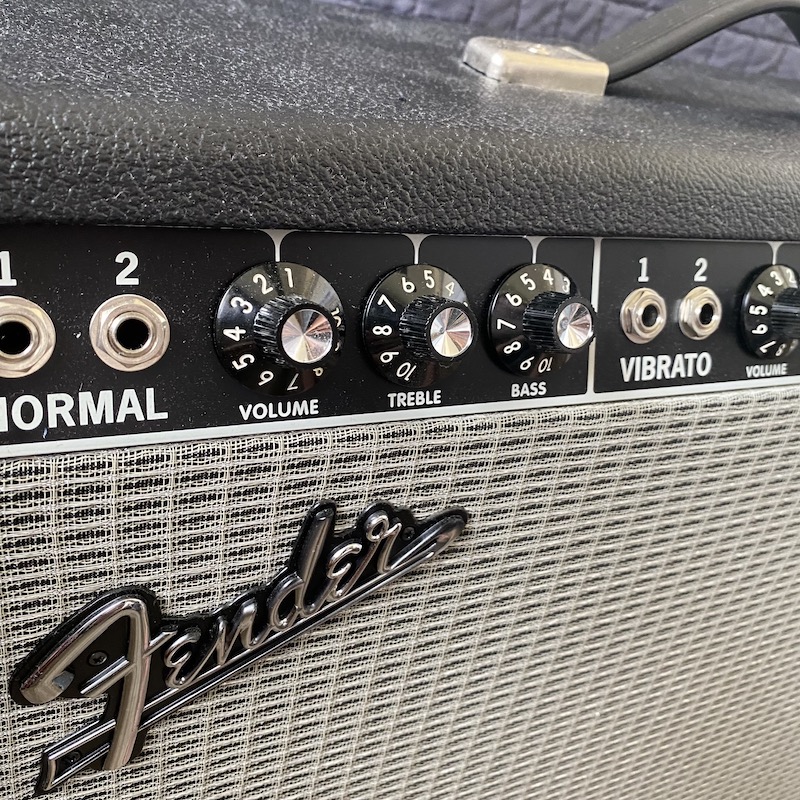
The Sounds
Now putting a demo song together for this amp was hard work! Not any fault of the amp, but because this amp is used so much since its release, trying to nail a song was tough! The demo songs are recorded using the direct out with the first cab sim selected, using my LT Custom Strat and Les Paul. I decided to do two demo songs, to showcase the amp with single coils and Humbuckers. Also, it shows what the amp is capable of in two very different types of music. In between the Songs are various sound clips, running through various settings and sounds. I also add a few pedals to show the amp with different kinds of pedals.
What are my thoughts?
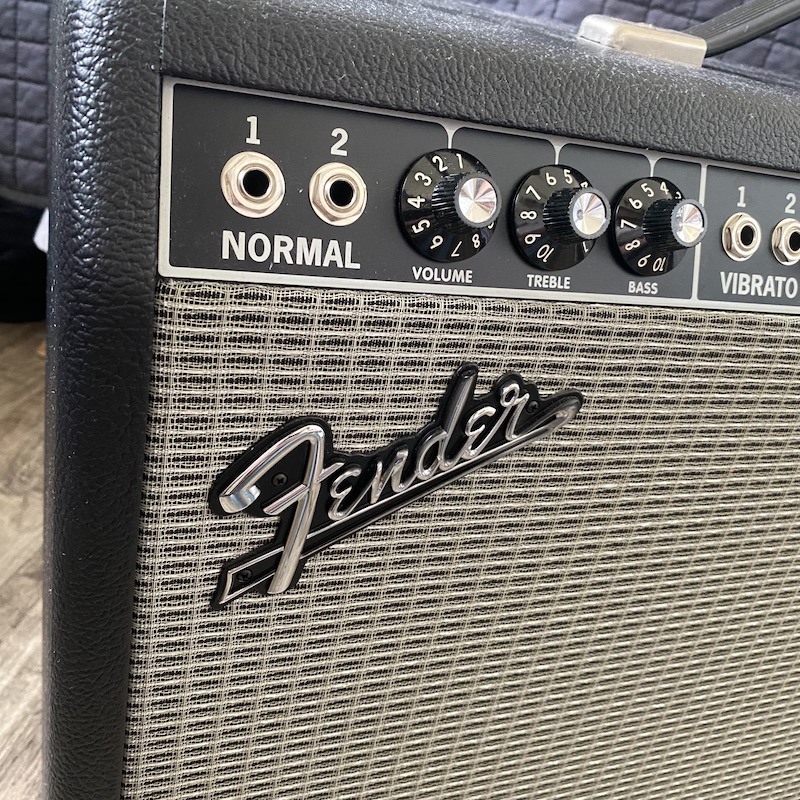
There is a lot to unpack here so why don’t we start with the basics? The looks and design. Opening the box you can see that the Amp is packed very neatly and well protected. It comes with a foot switch, power cable and a cover all useful things. Unpacking the amp and taking a look around it, you will notice that from the front it looks exactly like a standard Deluxe Reverb, the only difference would be the small “Tone Master” badge on the bottom right. Everything has a nice feel and good build quality. No rattles or loose parts when opening. What I noticed almost instantly is how light the amp is. I always thought the Boss Katana was a light amp, well this is even lighter. It is perfect for transporting, setting up and loading out. No back pain or heavy lifting!
Continued
How does the amp sound overall? Well, fantastic! Viewing it as an amp and just that it is fantastic. Nice sound, and is easy to play. There is a slight compression there being digital but nothing too crazy. I would be happy to say that it is the best modeller I have ever played! As a pedal platform, I think this amp is really good! It handles all kinds of pedals, well, for what I use it for. If you are after a high-gain monster then this might not be the amp for you! However, I am guessing you already know that.
For those clean and overdriven tones that the original is famous for I think this amp does it well. The Reverb is lush! Such a nice sounding reverb. I can tell that Fender has worked hard on getting the right Reverb sound! The reverb is lush and silky and can be turned down to give you a subtle effect and turned up more to that dripping surf rock sound, and you can max it out for a super wet reverb sound!
Let’s Answer everyones Question!
So, the question everyone wants to know is how this amp deal with pedals in the front end (Being there is no effects loop). Well from the pedals I have used, very well. When it first got released a lot of people were saying it didn’t handle pedals that well, however, Fender has put out an updated firmware to fix this issue and also worth noting that the speaker will need to be bedded in and the more you play the better it will sound. Saying this, if you are getting this amp to do heavy, distortion sounds, you might want to get another amp. This amp doesn’t and was never made to do super overdrive/Metal sounds. You can push it pretty far but it gets a bit fizzy when pushed far.
Anything Else?
Now, this is one of the features I was most keen to try out! I will mention that as this amp is a Class D power section, this isn’t an attenuator, it is more of a volume knob in which they have put a click knob in. However, for this review, we will ignore that and think of it as it is meant to be. This feature is a lifesaver! Why? You can get the sound you are happy with at rehearsal, with full volume and dial in the EQ and reverb. Then when you get home and need to play a bit quieter, you can just turn the attenuator down. Meaning you keep the same sound, just make it house-friendly!
On a similar note, being all digital, turning down the volume doesn’t affect the sound too much, or as much as it would if it was all tube. Why is this good? Well, because of the attenuation, you can get the amp down to a very, very low level! So now that it is hard to play. However, the sound doesn’t ray much from when the volume is louder, making bedroom and late-night practice good! Especially as it has no headphone jack (more on this later).
What about the DI?
Now the DI will be a feature I will be using a lot for both recording and for live. So I wanted to give my full opinion on the DI and the several options you have at cab simulation. They included 2 IRs that you can switch between or you can switch the cab simulation off completely. However, what is missing is the ability to be able to upload your own IRs to the amp. I don’t know if this is an oversight or a decision but as of writing this article you can’t upload your own IRs, maybe in time, they will change that. Sound-wise the DI is very usable.
The two stock IRs are very good. The first one is very immediate and instant. Very snappy to play. The second one is much warmer and almost smoother to play. It will be a personal preference but for me, in 80% of my playing, I prefer the second IR.
Smaller Details
As far as volume goes, this amp has plenty! On the Amp, it will say it is 22 watts. This is because that is what the original is, What this amp is doing is replicating the volume and power of a 22-watt tube amp. This amp is a 100 Watt solid state amp. Using it at rehearsals, it is plenty loud enough for rehearsals and gigs! I was running the amp on its full 22-watt mode and only needed the volume around 3 or 4 to keep up with a full band and brass section. If you were at bigger gigs, you would use the XLR output to run it through the PA. If you wanted the amp to break up sooner you could bring the attenuator down and bring the volume up.
The Weight
It has been mentioned a lot in all the other reviews, but I think it is worth mentioning again in this review. The weight of this amp is just crazy! It comes in around 10kg. For a full-sized amp is just crazy! You will have no issues transporting this amp around. To put it into context the Boss Katana weighs around 14kg. So this amp is 4kg lighter than a Boss Katana! It is just wild how light this amp is, but not just how light it is but how much sound it puts out for the weight!
So if you are using a Deluxe reverb currently but are looking to make your rig lighter and easy to transport, set up and break down, then this amp is a perfect choice. Even if you aren’t currently using a Deluxe Reverb, I think, for a light rig, this would suit a lot of people.
What about Negatives? Any bad Points?
The biggest negative for me is the price. When it comes to the price, Since release I have always said the same thing. I think this amp is a bit expensive. I understand the tech and development that went into it, but you look at some of the other digital amps around and they are a lot less money. Is this a good amp? 100% is it worth the price? That is a tricky one! I feel like if it was £200-£300 cheaper then it would be the perfect amp! However, the price will be a bit steep for a lot of people.
Another negative is that there isn’t a headphone output. Seems like something they could have added to the back. I get that Fender we’re trying to keep the looks correct, but adding it to the back would not have changed the looks. Being fully digital I think it would have been a simple add. I don’t understand why they didn’t include one. Now, there is a workaround and that is using the XLR output to run it into an interface and then you can use headphones.
Effects Loop?
The last negative is that there is no effects loop. Now, I understand that the original didn’t, however, you would thought they would have put one on this amp considering it is a digital remake? This means that all your wet effects will have to be run through into the front of the amp. So people like this, and some people don’t. It is worth noting that as you play the amp, it will get better sounding! Playing it with a brand new speaker and playing it after a few sessions and rehearsals, it does improve massively, as will any speaker in any amp! Just something to keep in mind if you plan to purchase one.
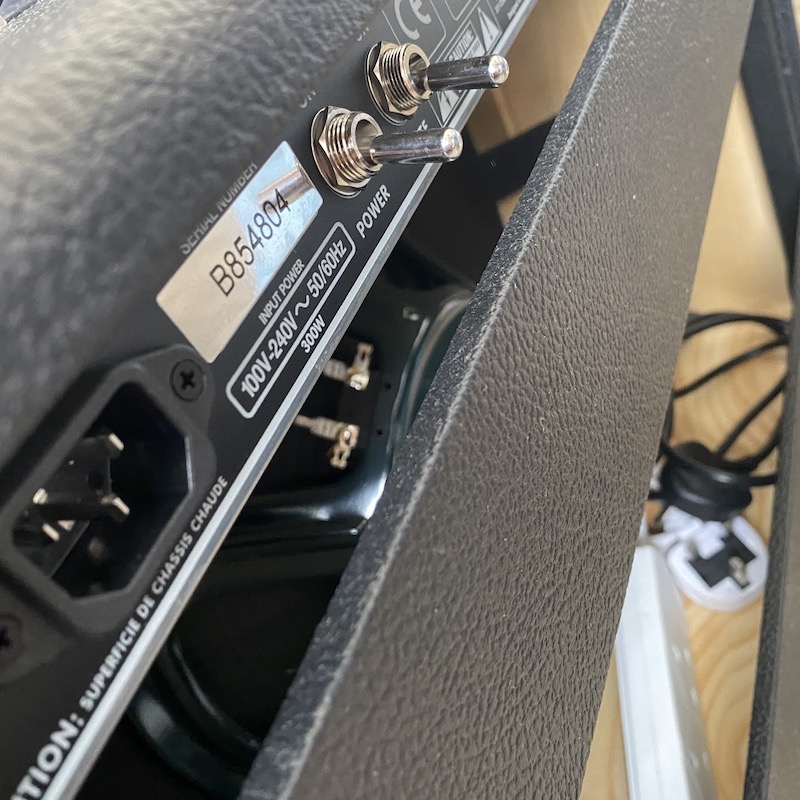
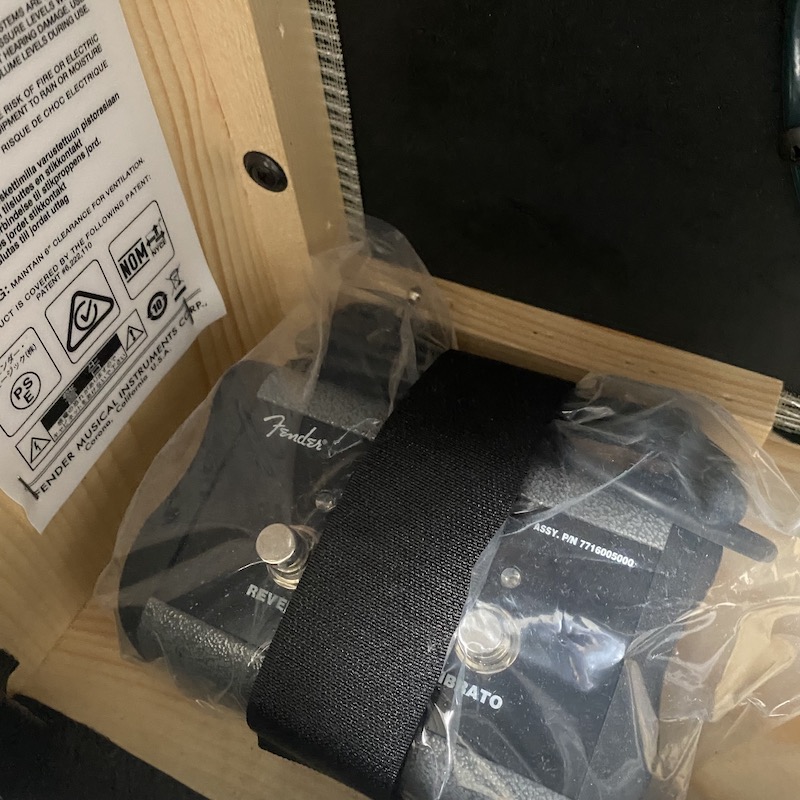
Conclusion
That was our review of the Fender Deluxe Reverb Tone Master Deluxe. Do you use the Tone Master? if so what do you think of them? Let us know over on our Instagram! I think for the near future this will stick around and be my Live and rehearsal amplifier. Don’t worry, I will still be using my Revv D20 (review here) for my home recording and demos. I might also see if I can check out the super reverb as that is an amp that has always interested me. Plus I believe Fender will start to release the rest of their lineup in the Tone Master format. I try to try them all out and give you my thoughts!
We also have plenty more Amp reviews coming, We want to get a lot of boutique amps into review as well as some more affordable and digital amps. You can check out all our Amp reviews here! If there is anything you want to see please let us know! I have a few amps on my list that I want to try and will hopefully be getting them in soon to put through their paces!
Fender Links:
Check out our other Articles here
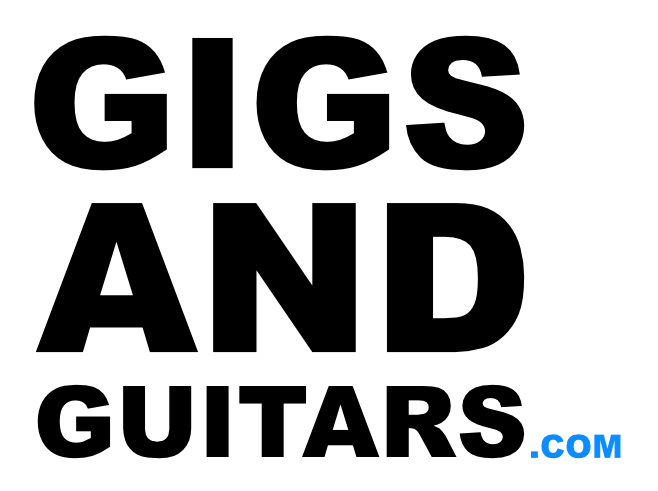
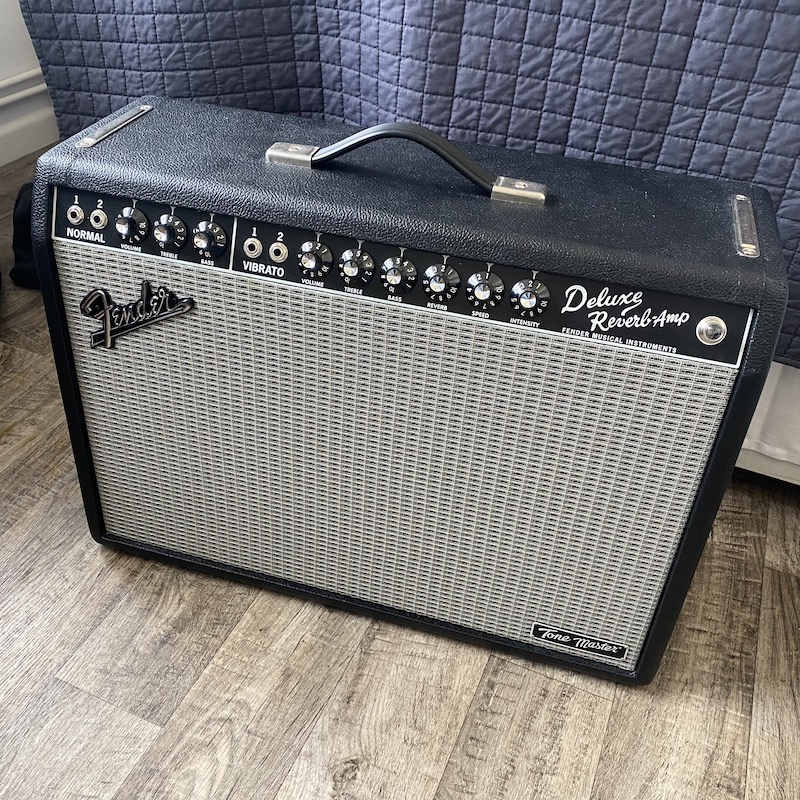
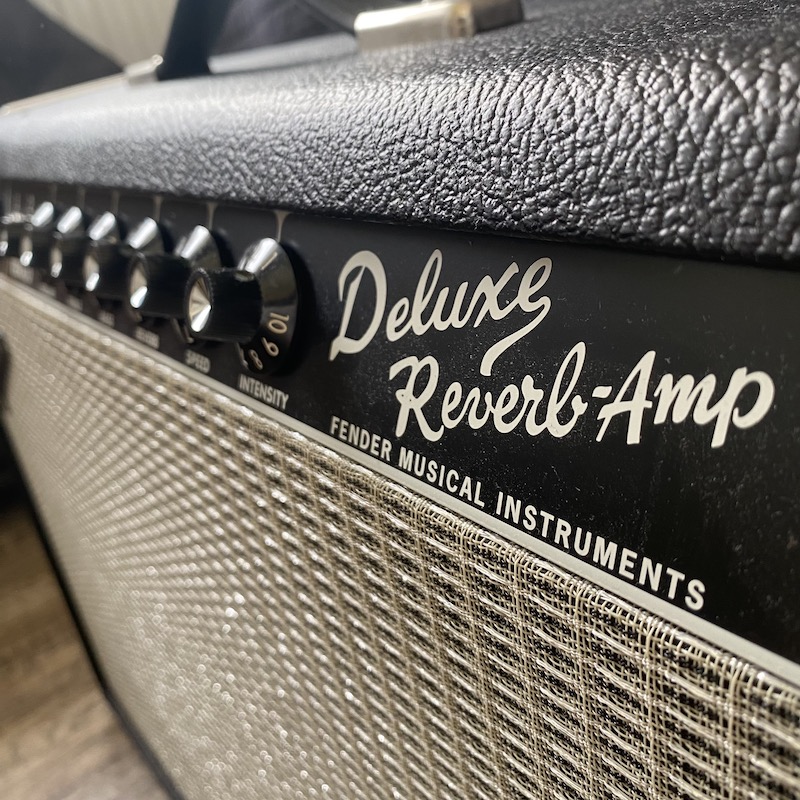
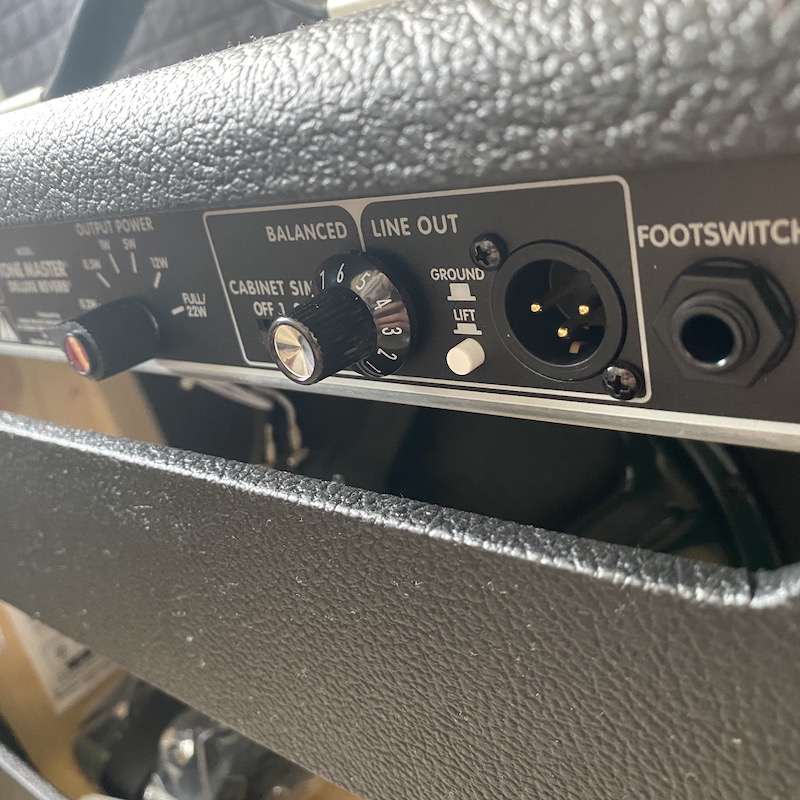
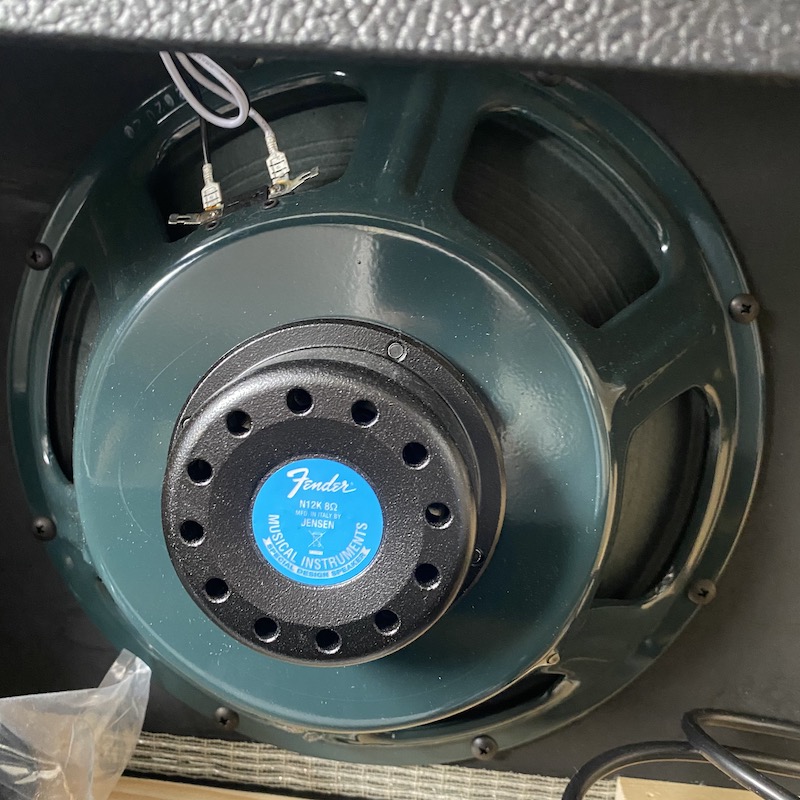
4 thoughts on “Fender Deluxe Reverb Tone Master Review – What do I think of the Digital amp?”
Comments are closed.